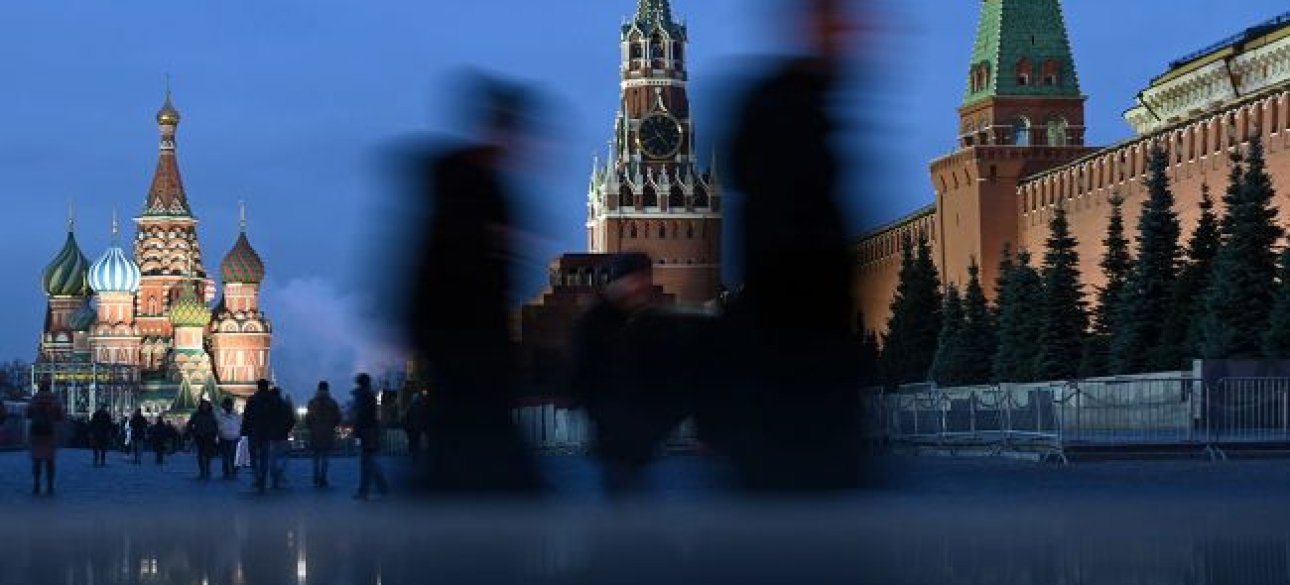
I do not believe the official statistics of the Russian Federation and I do not advise you. According to the Kremlin's official reports, the Russian economy demonstrates amazing sustainability. However, the analysis of indirect (!) Indicators, open sources and moods in society draws a completely different picture - a picture of a deep structural crisis that is masked by manipulative statistics and propaganda. Key theses: 1. GDP growth on paper, recession in reality.
GDP growth is officially expected by 1. 5% in 2025. However, according to Peterson Institute for International Economics, in the first quarter of 2025, a reduction of the economy by 0. 6% compared to the previous quarter, which is a technical feature of recession. A "two-speed economy" is formed: the defense-industrial complex (MIC) increases at the expense of budget infusions, while the civil sectors are stagnant, devoid of resources and personnel. 2.
Inflation is the abyss between the growth and the reality in the refrigerator. Official inflation is kept at 9-10%. Independent financial analysts estimate the real price increase in 13-14%, and some reviews indicate numbers close to 20%. In social networks, people complain of high prices: beef of 700-800 rubles, pork - 500-600, and vegetables and fruits went up by 15-20%. 3. The budget crisis money for the war is over. By May 2025, the Federal Budget deficit reached 3.
4 trillion rubles - almost 90% of the annual annual plan. The reason is the fall of oil and gas income by 14% and the simultaneous increase in costs by 21%. The Kremlin burns the remnants of the National Welfare Fund (the liquid part of which is less than 3% of GDP) and forces state banks to finance a deficit that creates the risk of a full -scale banking crisis. 4. Industrial degradation: "Empport substitution" as a fiction striking example is a new Lada ISKRA car.
Despite the 90% localization statements, the analysis shows that it is a designer of Chinese, Japanese and residues of French components. Instead of technological sovereignty, Russia gets a total dependence on China and structural archaization of civilian industries. 5. Social tension.
Hidden unemployment and deficit official statistics report on record low unemployment, but on the network Russians are looking in massively where to complain about salary delays and how to issue a vacation at their own expense. These are signs of hidden unemployment. The most painful blow to the population is a shortage of drugs. According to polls, a third of the Russians (33%) cannot buy the necessary drugs. 6. Regions.
"Poverty optimization) The Federal Center forces the subsidized regions to demonstrate financial discipline. As a result, they reduce the budget deficit, but not by increasing revenues, but by cutting investment programs. For example, in Dagestan, the deficit was reduced by 8. 6 billion rubles, cutting investments by 7. 2 billion. 7. A collapse in civilian sectors: from production to car and real estate. Industry and production.
The growth of industry is slowed down and the extraction of minerals has fallen by 2. 4%. Civil industries suffer the most: the production of cars decreased by 14%(April 2025 by April 2024), excavators - by 48. 6%, and titanium products - by 45%. Oil production decreased by 3. 5%for 5 months in 2025 and by 3. 4%. Falling income from export. In June 2025, revenues from oil and gas sales fell by 33. 7% compared to last year.
In general, in the second quarter of 2025, fossil fuel revenues fell 18% in annual calculation - the lowest rate since the beginning of a full -scale invasion. 8. Consumer markets collapse sales of new cars in May fell by 27. 5%, and in the first quarter - by 27%. Sale of housing in new buildings for the first half of 2025 collapsed by 26%. The mortgage market is experiencing a shock: in June, loans fell 66% compared to last year, and in six months it decreased twice. 9.
Consumer sentiment trust in the economy has sharply decreased in key sectors: production, construction, trade and logistics. The inflation expectations of the population remain at a high level of 14%, which indicates distrust of government statements. The Russian economy has entered the "managed degradation" phase. The system has already lost its safety margin and is kept on reserves, manual control and repressive apparatus.
The most probable scenario by the end of 2025 - a further slow slip into recession, hidden by manipulative statistics. The standard of living of the population will fall, but the system will maintain controllability. The Kremlin will continue to pump resources from civilian economy and the population to finance the war.
Potential "break points": The strength of the Russian economy is determined not so much by GDP figures as the Kremlin's ability to finance war without bringing the population to the limit of survival. And this limit is getting closer. This is the real picture. So we keep the system. The end of the enemy is getting closer! The author expresses a personal opinion that may not coincide with the editorial position. The author is responsible for published data in the "Thought" section.


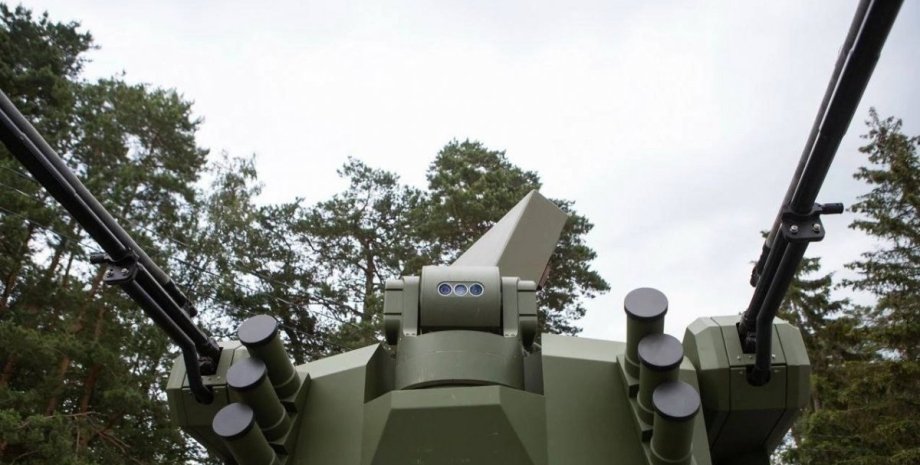
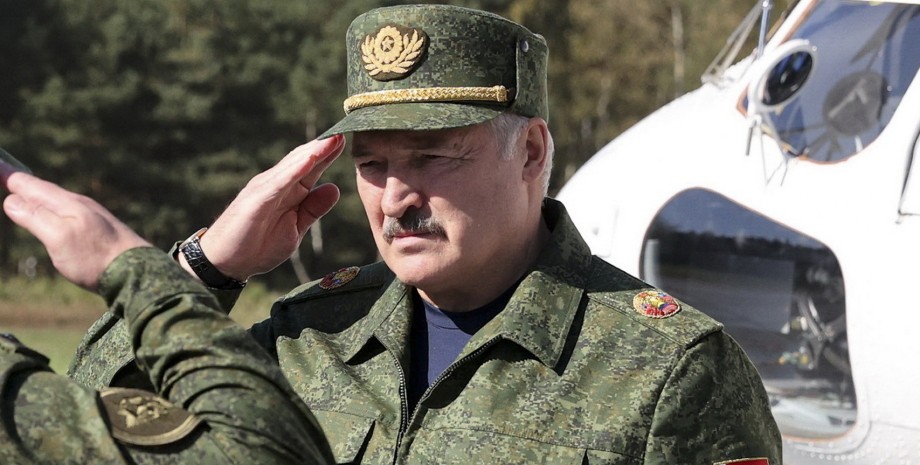
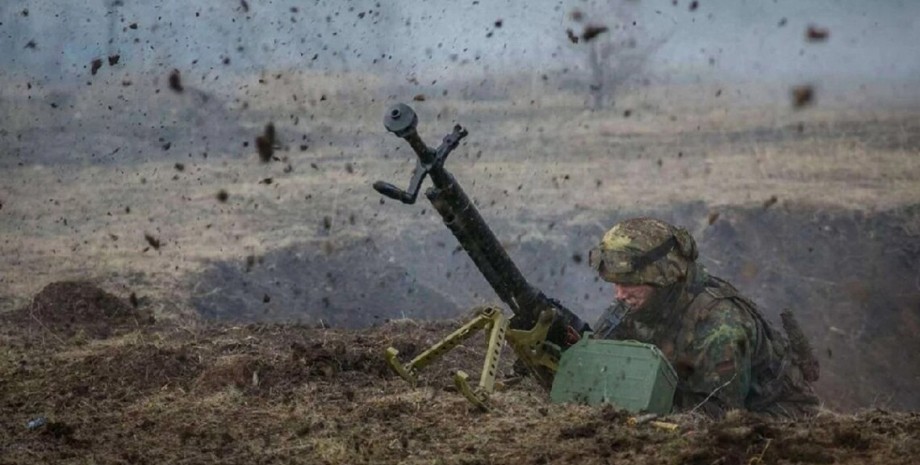

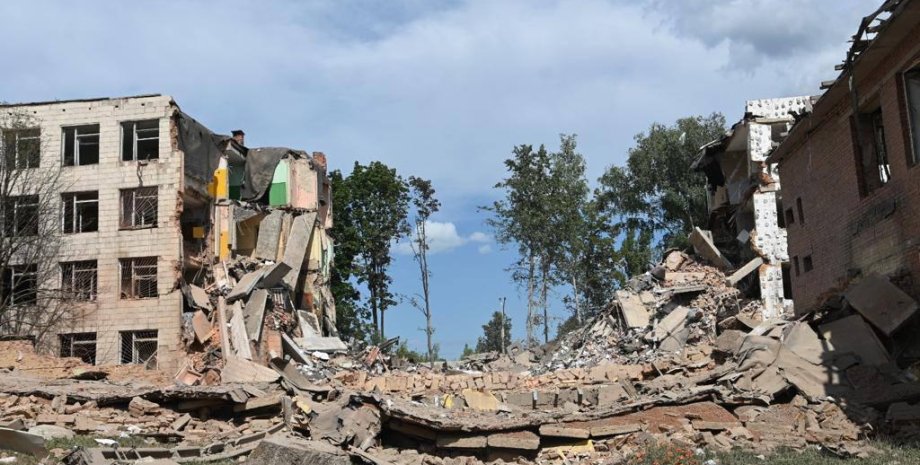
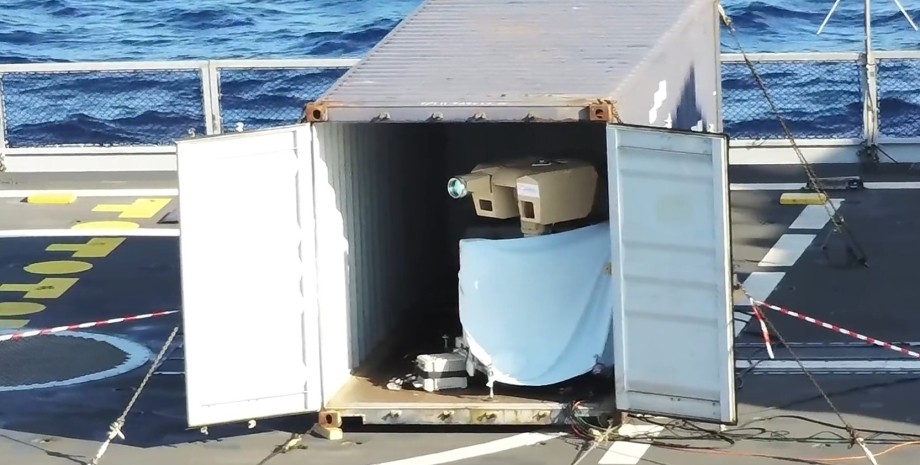

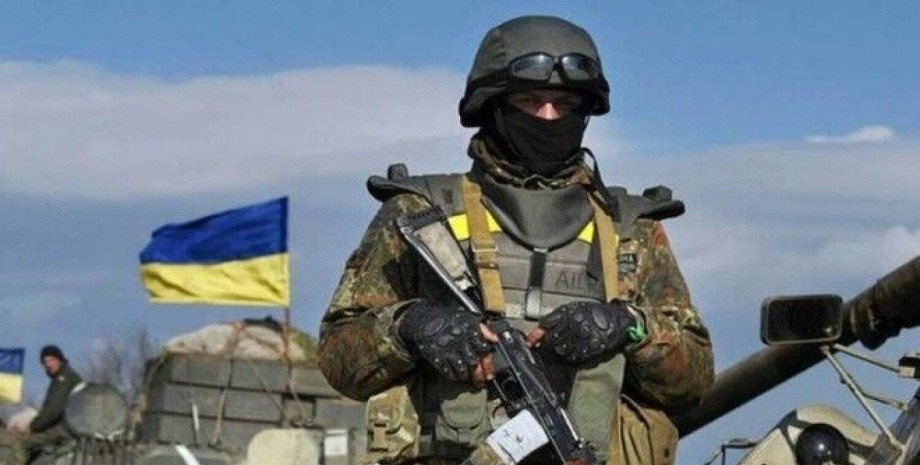
All rights reserved IN-Ukraine.info - 2022